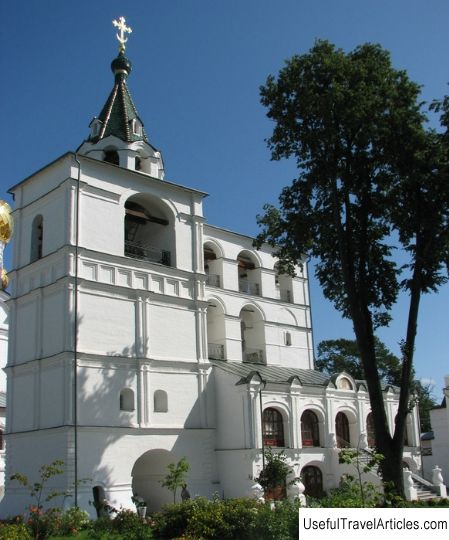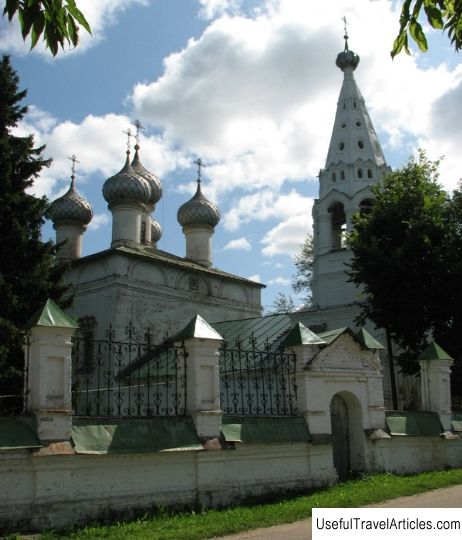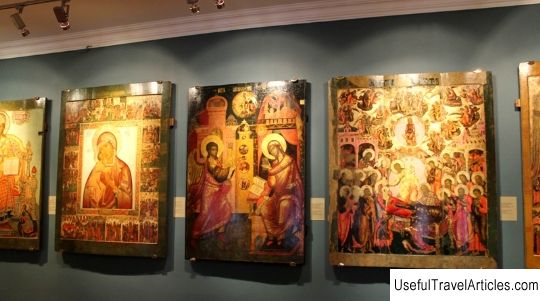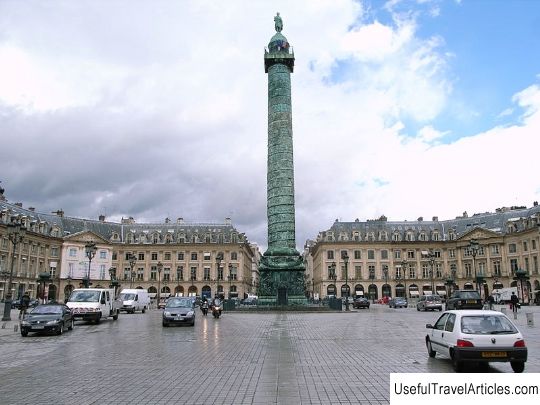Trinity Cathedral of the Ipatiev Monastery description and photos - Russia - Golden Ring: Kostroma
Rating: 7,8/10 (384 votes) 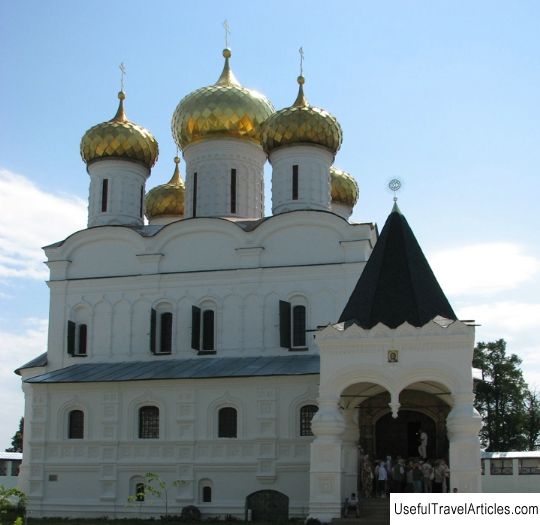
Trinity Cathedral of the Ipatiev Monastery description and photos - Russia - Golden Ring: Kostroma. Detailed information about the attraction. Description, photos and a map showing the nearest significant objects. Photo and descriptionIn Kostroma, at the Ipatiev Monastery, the Trinity Cathedral or the Church of the Holy Trinity operates. The construction of the cathedral took place in 1560, but some time later, namely in 1648, it was destroyed due to an explosion of gunpowder in the basement. Between 1650 and 1652, the Trinity Cathedral was rebuilt, after which it became the most beautiful five-domed church in the city. If we judge about the architecture of the temple, then it belongs to the cross-domed type. It is worth noting that? Once on the territory of the Ipatiev Monastery, it is difficult not to pay attention to the beautiful majestic cathedral, striking with a solemnly elegant look. Trinity Church carries the functions of the central cathedral at the monastery. Over the entire period of its existence, it has been subject to restoration and major overhaul more than once. For example, in 1911-1912, large-scale restoration work was carried out due to the 300th anniversary of the accession to the throne of the Romanov dynasty. Until now, the Trinity Cathedral is the only one that has preserved its original appearance among all the temples of the Ipatiev Monastery. Of considerable interest is the so-called fresco cycle of the Trinity Cathedral, because the frescoes almost completely cover the arches, walls, as well as the pillars and drum of the temple ... They are arranged in several tiers, while the full cycle consists of more than 80 different compositions. It is known that the painting of the cathedral was carried out in 1685 by a group of eighteen people under the leadership of Savin Sila and Nikitin Guria. Each of the available frescoes has its own plot. The uppermost tier illustrates the colorful legend of the appearance of the heavenly angels to Lot and Abraham, and the following tiers tell the story of Christ, represented by the largest cycle. The lower tier is dedicated to the apostles - it depicts allegories on various themes of the Songs. The plot on the theme "The Vision of John Climacus" is excellent, which is dedicated to the difficulties and obstacles encountered on the way of monks on the way to the Kingdom of God. Parishioners are especially interested in looking at frescoes, which refers to people who are little familiar with the Holy Gospel. There are many unique and extraordinary paintings in the church. Almost all events unfold on the basis of palaces and fairy-tale chambers, luxurious groves and fragrant meadows. The frescoes depict characters engaged in a wide variety of activities: reading books, baptizing children, fleeing from pursuers and fires, baking homemade bread, building houses, having fun and being sad. All the characters are beautifully dressed, but it all looks very real. Inside, on the pillars, Russian princes are depicted. Between 1756 and 1758, a massive five-tiered iconostasis was built in the Trinity Cathedral, the execution of which was entrusted to carvers from the Kostroma settlement Bolshiye Soli - Bykov Makar and Zolotarev Peter. Elizabeth Petrovna, reigning at that time, ordered the carvers from St. Petersburg to finish the upper part of the iconostasis, after which she presented it to the Trinity Monastery. The work turned out to be truly magnificent, because it is decorated with 92 through-carved columns. The iconostasis is made of linden, while all its components are covered with gilding. The central place in the iconostasis is occupied by the holy Tikhvin icon, which is an exact copy of the famous icon of the Tikhvin Mother of God. The icon was first brought to the city of Kostroma in mid-1613. The Moscow ambassadors brought the shrine when they arrived to inform Mikhail Romanov that he was elected to the All-Russian throne. From this time on, the icon began to take part in almost every procession of the cross in Kostroma. The people especially fell in love with this icon, so it was decided to collect donations for the execution of the robe, which was later decorated with diamonds and pearls. Today, every day people come to the Trinity Church to see the icon, who believe in its miraculous power. On holidays, the icon is especially popular, because in order to approach it, you need to stand in a huge queue. The divine liturgy is held annually on the day of the celebration of the feast of the Nativity of Christ.         We also recommend reading Celestine Church (Eglise des Celestins d'Avignon) description and photos - France: Avignon Topic: Trinity Cathedral of the Ipatiev Monastery description and photos - Russia - Golden Ring: Kostroma. |
